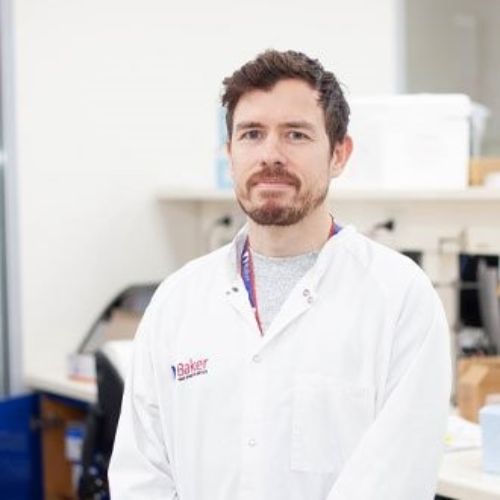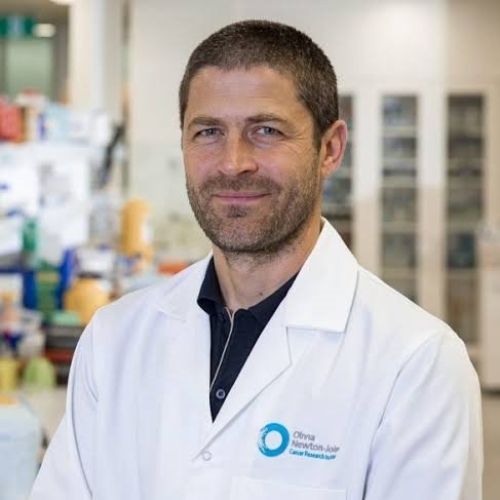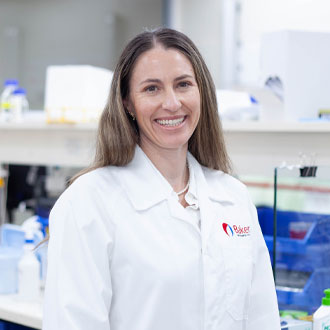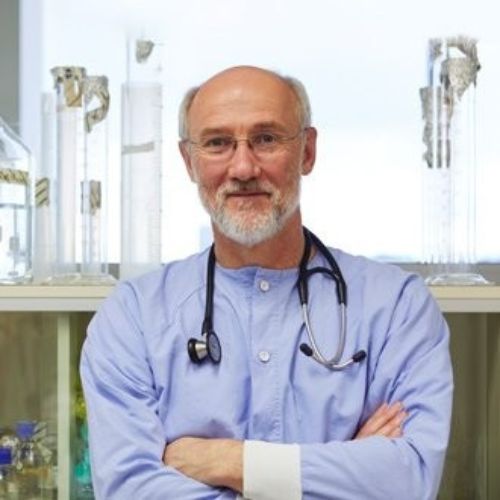
Regenerating the heart after a heart attack
New life for scarred hearts
A new drug aims to heal heart attack damage by reducing scarring and regrowing heart muscle – offering hope for millions with heart disease.
Problem
Heart attacks leave scars that hearts can’t heal
Heart attacks kill heart muscle cells, which the body cannot regenerate. These dead cells are replaced with non-functional scar tissue that can’t contract or pump blood properly, leading to long-term heart damage and heart failure in about a third of people.
Current treatments only help reduce strain on the heart or prevent further attacks, but none restore lost heart tissue, leaving millions of people with lifelong complications and an uncertain future.
Solution
First-of-its-kind treatment to regenerate heart muscle
This project is developing a first-in-class, minimally invasive, injectable therapy* that seeks to reprogram scar tissue into healthy, functioning heart muscle.
The therapy uses messenger RNA (mRNA) - the same type of technology used in COVID-19 vaccines - to send healing instructions directly into the heart. These instructions are carried in tiny particles called lipid nanoparticles (LNPs), which help safely deliver the message to specific heart cells and activate only where needed.
The project brings together cutting-edge breakthroughs in advanced gene science (mRNA), delivery technology (LNPs), and heart cell mapping (single-cell genomics) to help ensure the treatment is safe, targeted, and effective.
The team has already demonstrated that their therapy can successfully reach and enter damaged heart tissue using in vitro models - a critical step toward regenerating the heart after a heart attack.
This groundbreaking approach could regenerate heart muscle in ways once thought impossible - offering hope to millions living with the long-term effects of heart damage.
* This drug is currently in development and not yet available for clinical trial.

Impact
Restoring hearts. Reducing deaths. Rewriting futures
This therapy has the potential to help every heart attack survivor by aiding recovery, preventing heart failure, and reducing the risk of death. Additionally, it could reduce hospitalisations and improve recovery outcomes and increase equity of access through a non-surgical approach.
By regenerating the heart, we are not just treating the symptoms of heart attacks – we are offering a true second chance at life.

The technology to accomplish this project has only emerged in the past few years. We have an historic opportunity to combine these new technologies and develop a drug that changes the paradigm on how we treat people who have a heart attack - making heart failure resulting from heart attacks a thing of the past.
Alex Pinto
Project Lead
Darren’s story: regenerating scarred hearts with breakthrough therapy

“Fixing the damaged bit of my heart back to working normally would be a total game changer.”
Darren was 36 when a silent heart attack left him with permanent heart damage. He now backs Regenerating the heart – a groundbreaking mRNA therapy aiming to regenerate scar tissue into working heart muscle.
Read his story and how this breakthrough therapy offers hope to Darren and others recovering from a heart attack.
Meet the team

Disclaimer
The information provided on this page is for general informational purposes about our Catalyst Partner’s project only - see the Disclaimer.
If you have any questions or would like more information about this project or Catalyst Partnership Grants, get in touch.
You might also be interested in...

What is a heart attack?
A heart attack is a medical emergency. Learn the key signs, causes, and treatment options to protect your heart and act quickly when every second counts.

Key statistics: Heart attack
Statistics and information on heart attack in Australia
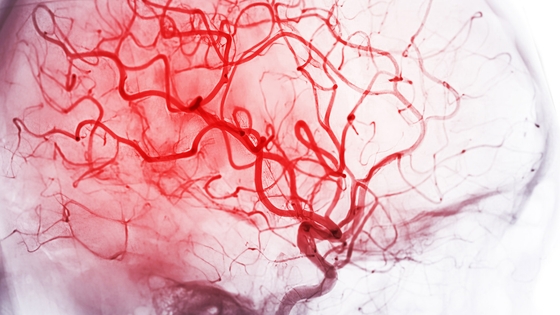
Mending our blood vessels to combat dementia
A new therapeutic ‘molecular glue’ that helps seal and repair one of the earliest changes in Alzheimer’s disease leaky blood vessels in the brain - preventing disease progression before it’s too late.
.png?format=pjpg&auto=webp)


